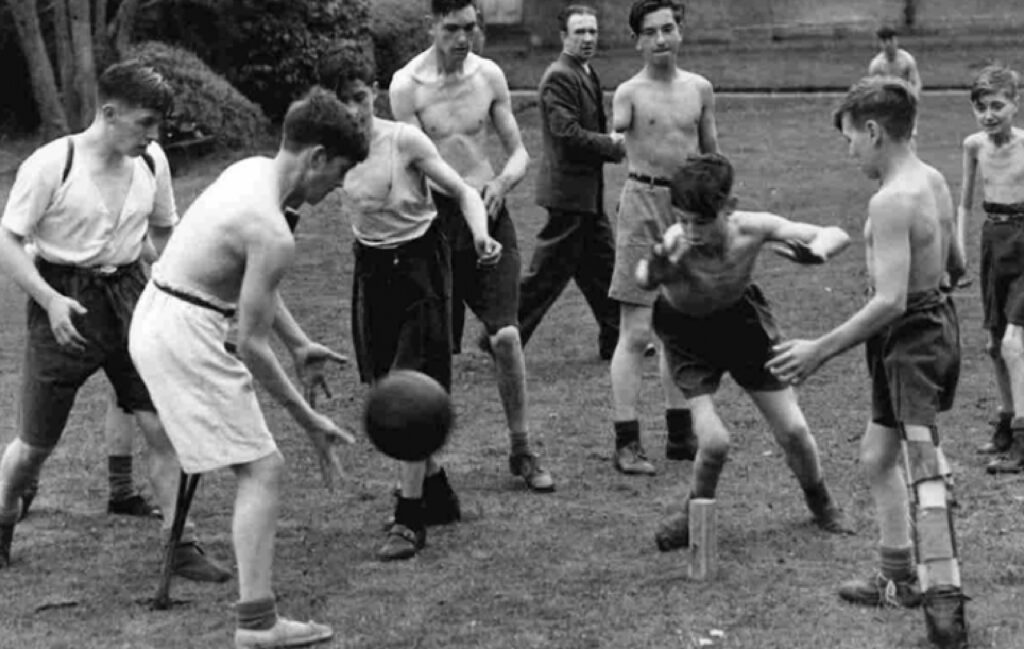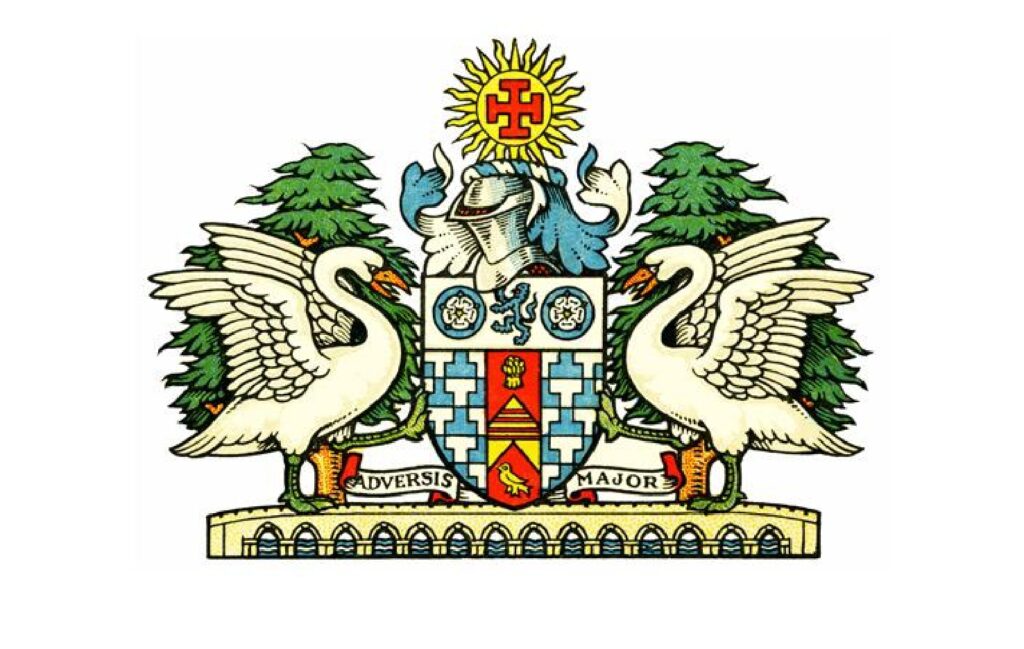
The initial purpose of the College was to provide employment training for disabled people. Over the years QEF opened a sheltered workshop, a holiday home, a neuro rehabilitation and mobility centre, and although centres have changed purpose over the years, QEF is still committed to helping disabled people and people with acquired brain injuries achieve their goals.


QEF was founded by Dame Georgiana Buller and Stanley Evans, with the aim of providing specialist training courses for disabled people so they could be accepted into the workplace.
On 1 November 1934 the College received its first sixteen trainees. Courses included engineering, house painting, handyman skills, gardening, cookery, and clerical work. When war was declared the college was officially recognised as part of the Disabled Section of the Munitions Training Scheme of the Ministry of Labour and National Service. This was munitions training in engineering, welding, and tracing. On 12th January 1989 there was a large fire at Leatherhead Court which devastated much of the college. Sixty firemen tackled the blaze and there were no casualties. Trainees only missed 11 days of training. On 12 November 1992 Her Majesty The Queen Mother reopened Leatherhead Court, 57 years after her first visit.
Over the years the courses offered changed according to the job market. In the 1940s this included spray painting, pottery, bookbinding, needlework, and leatherwork. In the 1970s this include bookkeeping, shorthand, and telephone switchboard operating. In 1982 the first computer programming course was offered. By the 1990s all courses lead to NVQ or other qualifications. Courses included accountancy, business administration, IT, desktop publishing, spreadsheeting, travel services, along with manual skills such as horticulture, draughting, bench joinery, and domestic appliance servicing.
On 1 November 1958 a new section of the College, Dorincourt, was able to admit its first residents, 22 men and 21 women. Dame Georgiana described Dorincourt as a ‘unique opportunity for combining an industrial unit, already designed for that purpose, with an established Training College in a district eminently suited for the purpose and offering the fullest opportunity for further development.’ Dorincourt was suited to disabled people who could not be employed in open industry, either because they needed to work under special conditions, or no suitable employment was in reach of their homes, with their impairment meaning they could not live in lodgings.
In 1956 Banstead Place was set up as part of the Dorincourt estates, sponsored by the College and the National Association for the Paralysed. The aim was to train those who had been categorised as ‘young chronic sick’ in all activities of daily living. In 1974 the focus of Banstead Place shifted to become a specialist unit for young people of school age with disabilities. This was different to adult units and had no criteria for success and failure, where abilities could be objectively assessed with a focus on independence, mobility, and further education. The service then became a specialised centre for acquired brain injury rehabilitation and in 2020 the neuro rehabilitation service moved to QEF’s Care and Rehabilitation Centre, just outside Leatherhead – a centre that was specifically designed and built to meet the needs of our clients.
QEF Mobility Services was originally developed at Banstead Place to provide support to residents with mobility issues and explore the possibilities of driving with adaptations. In 1983 the service opened to the general public as well, creating the UK’s first mobility centre. It expanded so much they purchased two wooden buildings onsite for staff accommodation, which they had bought from the Department of Transport for only £10. In 1990 the entire mobility department moved to a refurbished ward on the former site of Queen Mary’s Hospital for Children in Carshalton, where it remains today. It is one of only a few mobility centres in the UK with a private track, enabling disabled people to experience driving for the first time without needing to be on the road.
The service today still offers assistance with wheelchairs, scooters, and assistive technology, with the addition of providing driving assessments, a driving lessons for disabled people, and an assessment and consultation service to reduce stress and anxiety around travelling by air travel.
In 2015 QEF celebrated its 80th anniversary. With extra funding from the Heritage Lottery Fund we were able to undertake a one year heritage project which aimed to widen knowledge and understanding of QEF’s work, and explore changing attitudes towards disability and employment. We digitised over 1000 photographs, numerous film reels and 1000s of pages of documents, and recorded oral histories from past beneficiaries and staff members, all of which are available to view online. We also worked with disabled actors to take a performance about disability and technology to fifteen schools in Surrey, which you can watch on our YouTube account. QEF’s physical archive is being stored at the Surrey History Centre in Woking, and you can explore the records online below.
In 2025 QEF is celebrating 90 years at the forefront of innovative and person-centred services that enable disabled people to achieve their potential and live with greater independence. Find out more about our legacy of support and innovation.
View our photographic archive of over 1500 images dating back to the 1930s
Read more about the history of QEF’s services and listen to oral histories
Share
© 2025 Queen Elizabeth's Foundation for Disabled People
Website by Out of Place Studio